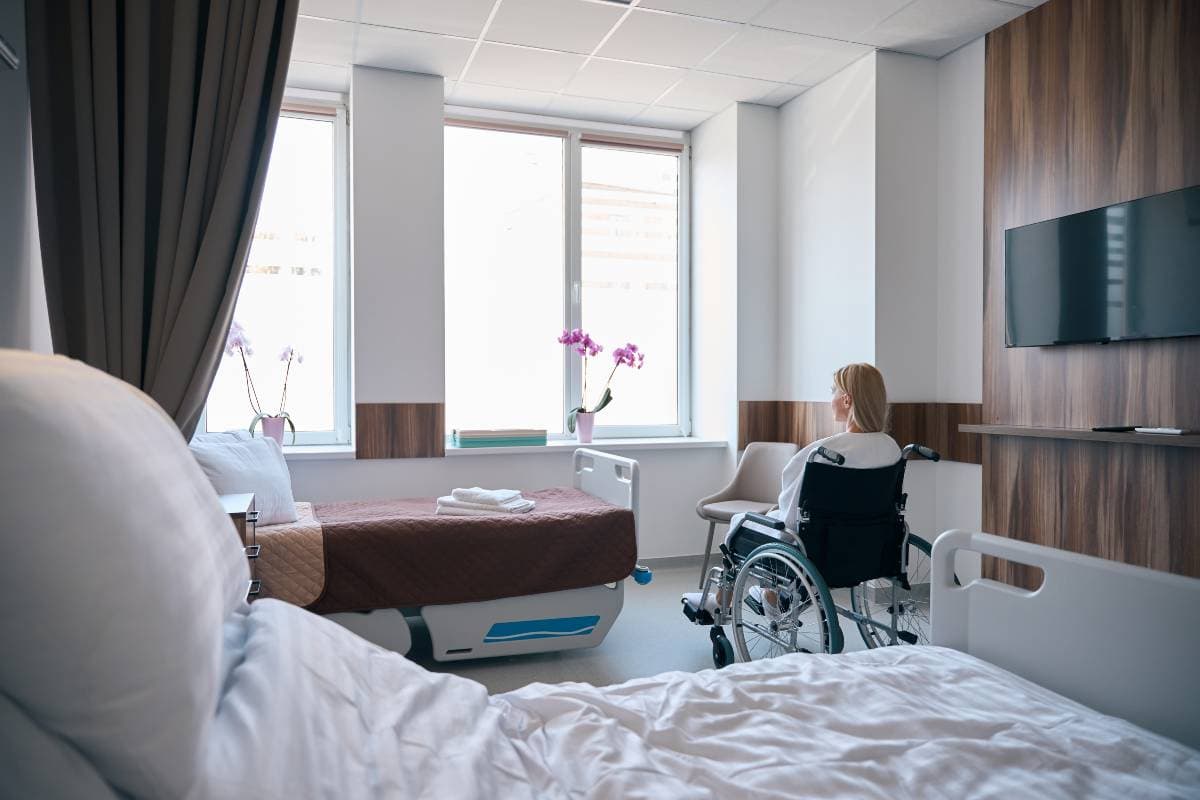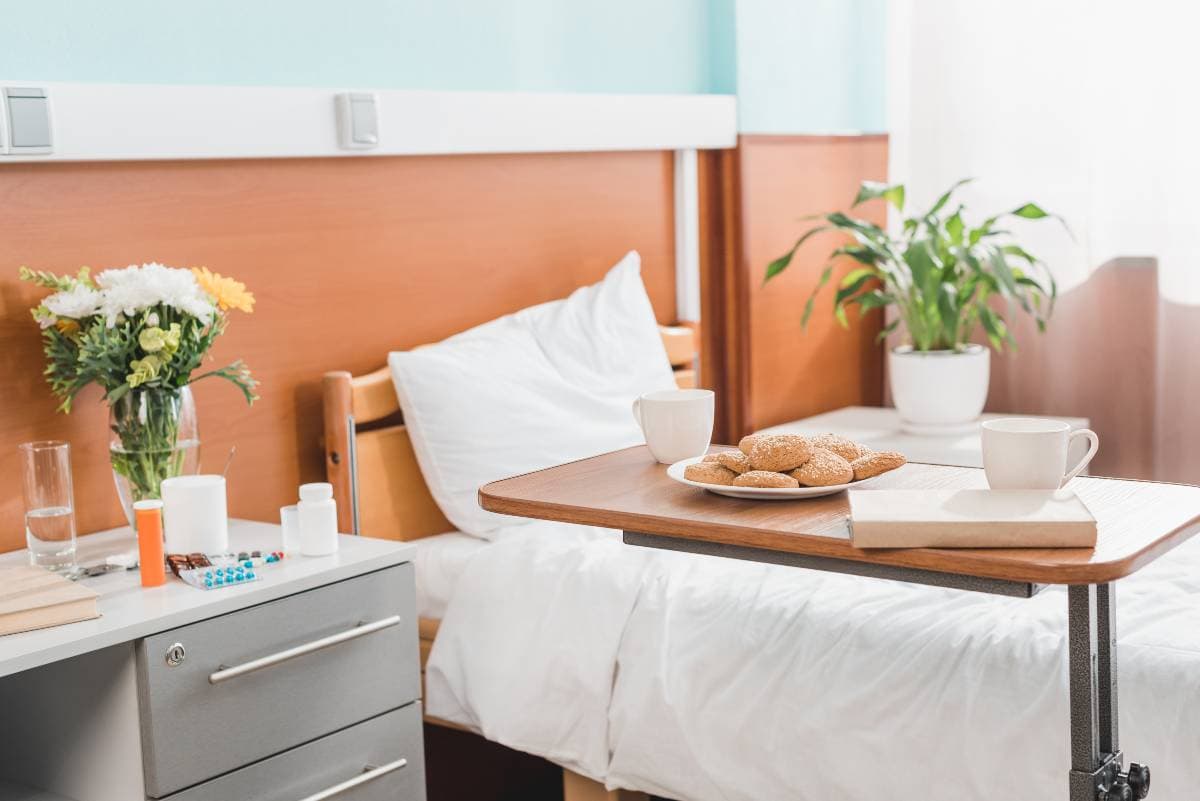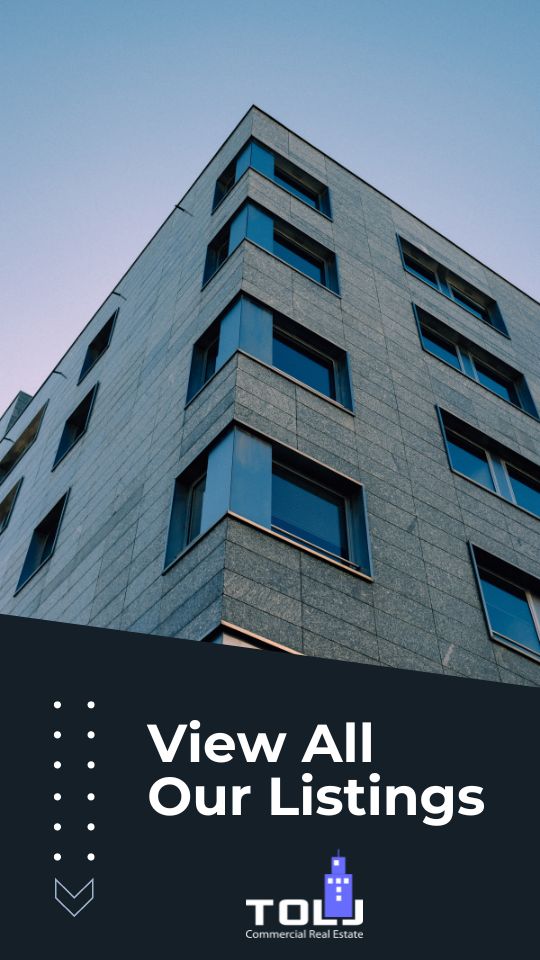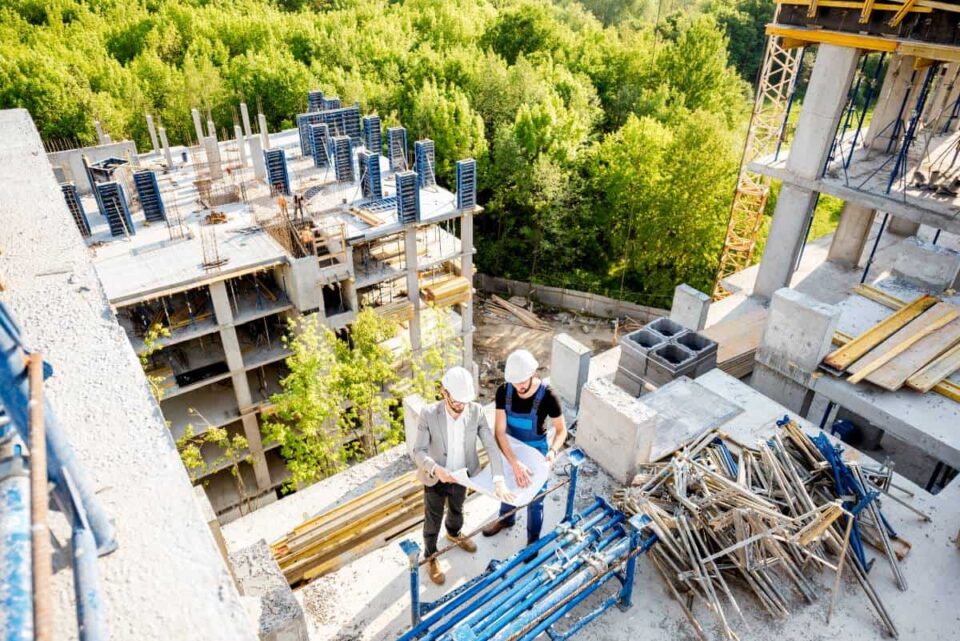Picture walking into a modern post-acute care facility design and feeling like you’ve entered a high-end hotel rather than a healthcare setting. As someone who’s spent nearly two decades helping healthcare organizations reimagine their spaces, I’ve seen the incredible evolution in how we approach these facilities. The sterile, institutional environments of the past are giving way to thoughtfully designed spaces that actually accelerate healing. Whether you’re a healthcare administrator, facility manager, or property developer, understanding the intersection of design and care delivery has never been more crucial.
Key Takeaways
- Evidence-based design principles significantly impact patient recovery times and staff efficiency in post-acute care settings
- Strategic integration of technology and flexible space planning is crucial for future-proofing healthcare facilities
- Infection prevention through design has become a cornerstone of modern post-acute care facility planning
Understanding Post-Acute Care Transitions
The journey from acute care to post-acute settings is critical for patient outcomes. In my experience working with healthcare providers, the most successful facilities are those designed with care transitions in mind. Think of it as creating a seamless pathway for recovery – every door width, every nursing station location, and every monitoring system plays a crucial role.
Evidence-Based Design Principles
Patient-Centered Environment
Modern healing environments transform the traditional institutional setting into spaces that promote recovery and wellness. Natural light streaming through strategically placed windows creates an uplifting atmosphere, while private areas allow families to gather and support their loved ones. The integration of acoustic design principles ensures that patients can rest undisturbed, a crucial factor in recovery.
Clinical Efficiency
The key to successful facility design lies in optimizing staff workflow. Through careful planning, we’ve seen remarkable improvements in facilities that prioritize efficient design. Decentralized supply storage reduces staff walking distances, while advanced communication systems enable immediate response to patient needs. Strategically placed nursing stations ensure optimal patient monitoring while minimizing staff fatigue.
Key Design Elements
When it comes to physical infrastructure, flexibility proves indispensable in modern healthcare design. Adaptable room configurations allow facilities to respond to changing needs, while future technology integration capabilities ensure longevity. Sustainable building systems not only reduce operational costs but also contribute to overall patient well-being.
Interior considerations focus heavily on creating environments that promote healing while maintaining practicality. Materials selection prioritizes infection control without sacrificing aesthetic appeal. Lighting systems that mirror natural circadian rhythms support patient recovery, while intuitive wayfinding reduces stress for both patients and visitors.

Technology Integration
Today’s healthcare technology extends far beyond basic medical equipment, encompassing comprehensive systems that enhance both patient care and operational efficiency. Clinical systems enable real-time patient monitoring and streamlined care coordination, while digital documentation solutions reduce administrative burden. Building systems leverage smart automation for enhanced energy management and security.
Specialized Care Environments
Behavioral health and rehabilitation spaces demand unique design approaches that balance safety with therapeutic value. These environments must support progressive care while maintaining dignity and comfort. Modern design solutions integrate safety features seamlessly, creating spaces that feel welcoming rather than restrictive.
Infection Prevention Through Design
Post-pandemic, infection control has become a primary design consideration. Contemporary facilities incorporate touch-free systems, advanced air filtration, and strategic PPE storage locations. These elements work together to create a comprehensive approach to infection prevention without compromising facility aesthetics or functionality.
| Metric Type | Examples |
| Traditional | Patient satisfaction, Clinical outcomes |
| Emerging | Staff retention, Energy efficiency |
Operational Efficiency
Workflow optimization isn’t just about movement – it’s about creating spaces that enhance:
- Staff Productivity
- Supply chain management
- Patient care delivery
Future-Proofing Facilities
In my 18 years of experience, I’ve learned that successful facilities are those designed with the future in mind. This means:
- Adaptable spaces
- Emergency preparedness features
- Pandemic-ready design elements
Measuring Success
Success in post-acute care facility design is measured through:
| Metric Type | Examples |
| Traditional | Patient satisfaction, Clinical outcomes |
| Emerging | Staff retention, Energy efficiency |
Implementation Roadmap
A successful implementation requires:
- Phased construction approach
- Comprehensive staff training
- Continuous feedback loops
FAQs
What is the importance of post-acute care facility design in healthcare?
How do facility guidelines institute (FGI) standards affect hospital design?
What types of settings are included in post-acute care?
How does facility design influence the integration of post-acute care?
What role does the design of residential care facilities play in patient outcomes?
Conclusion
The landscape of post-acute care facility design continues to evolve, driven by technological advances, changing patient expectations, and lessons learned from global health challenges. In my 18 years of working with healthcare organizations, I’ve never seen a more exciting time for facility innovation. The facilities we design today will shape patient outcomes for decades to come.
But creating these spaces isn’t just about following design trends – it’s about understanding your unique needs, challenges, and vision for patient care. Every facility has its own story to tell and its own unique way of delivering exceptional care.
Ready to explore how evidence-based design can transform your post-acute care facility? I’d love to share more insights specific to your situation and help you create a space that enhances both patient outcomes and operational efficiency. Schedule a consultation with me today!




